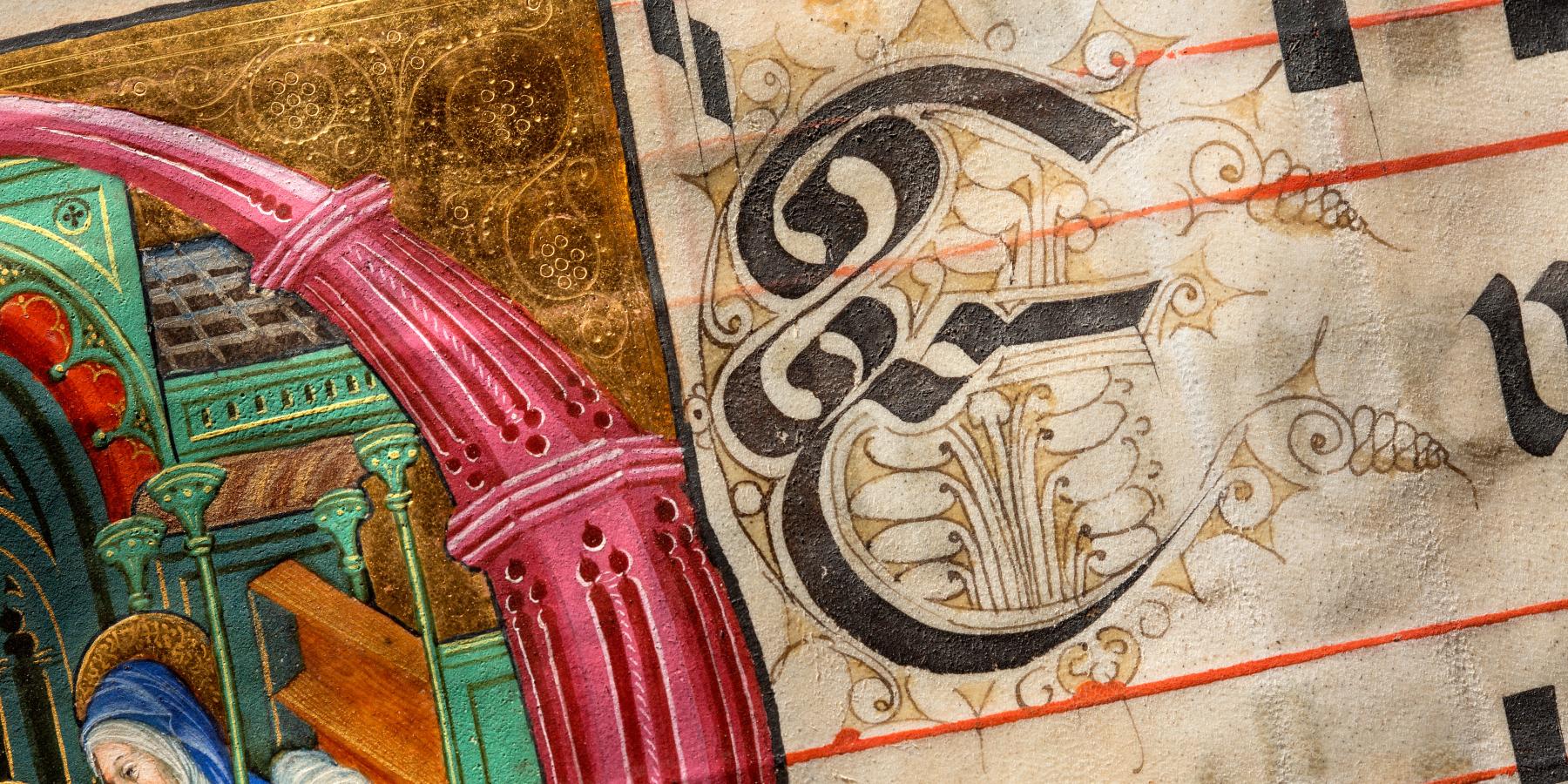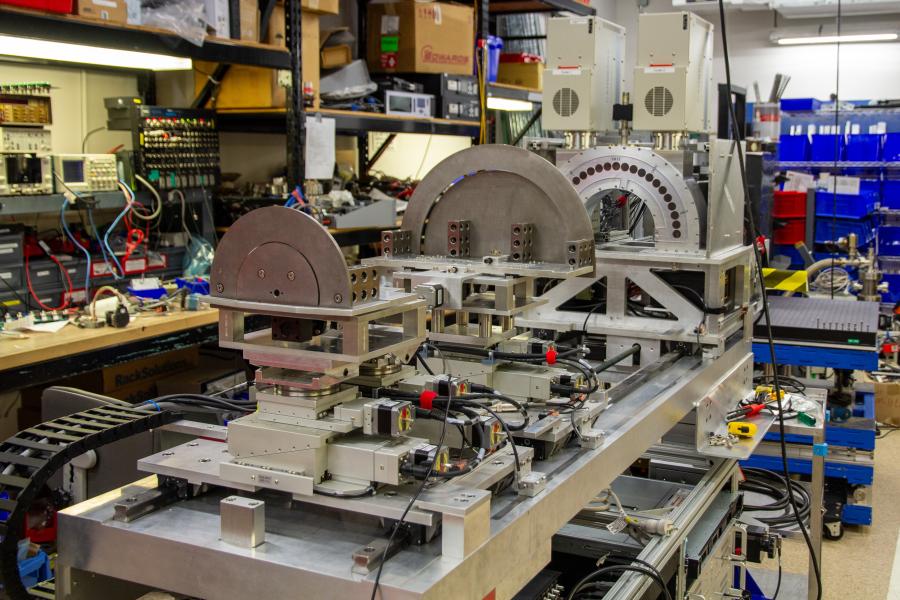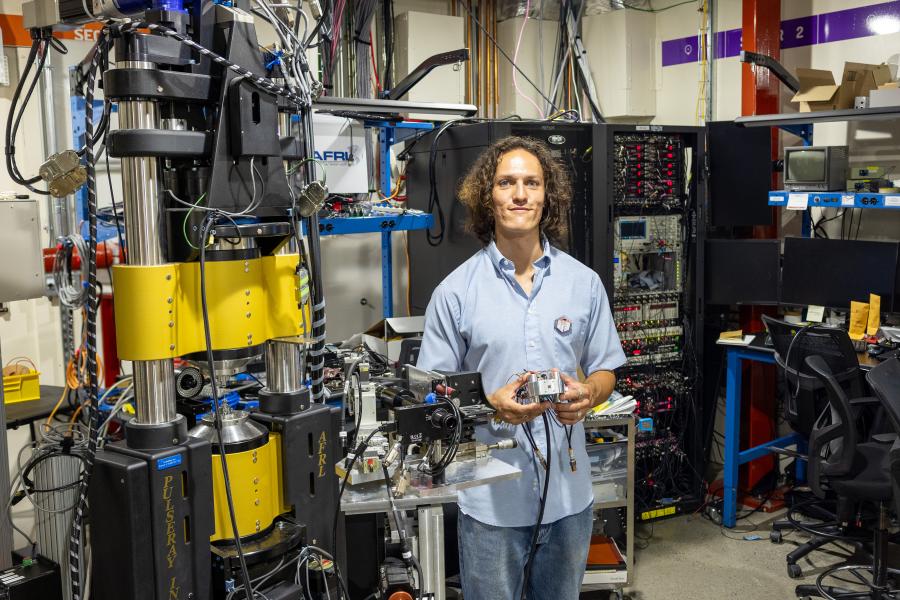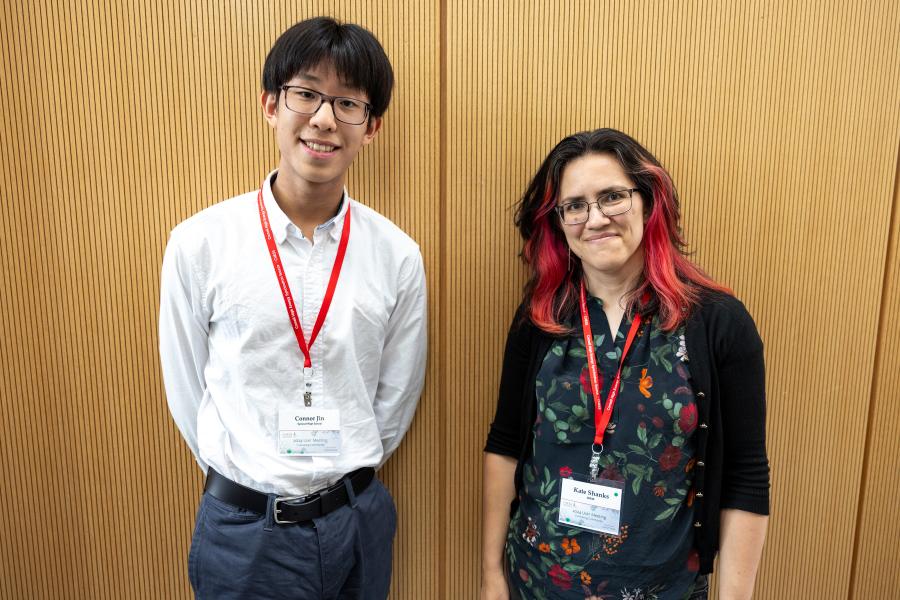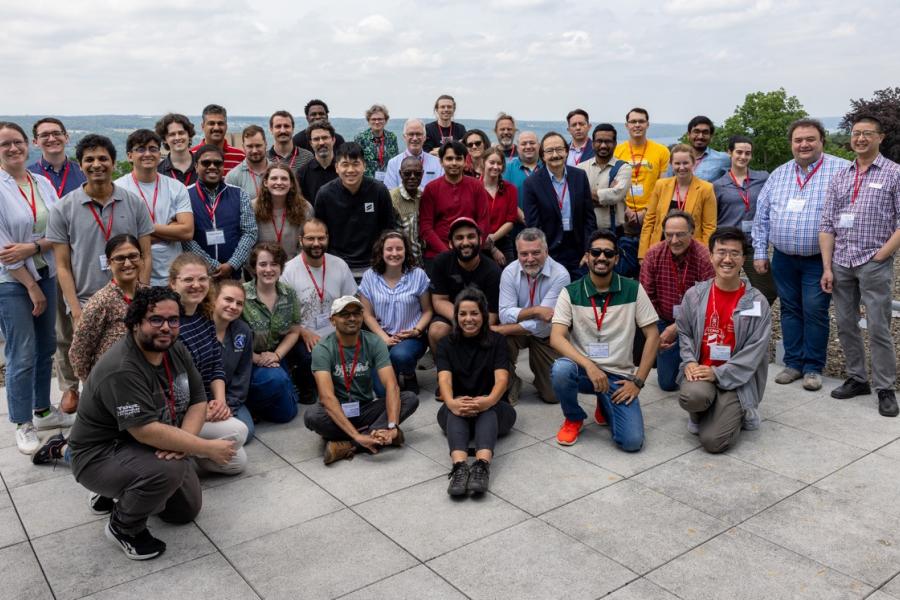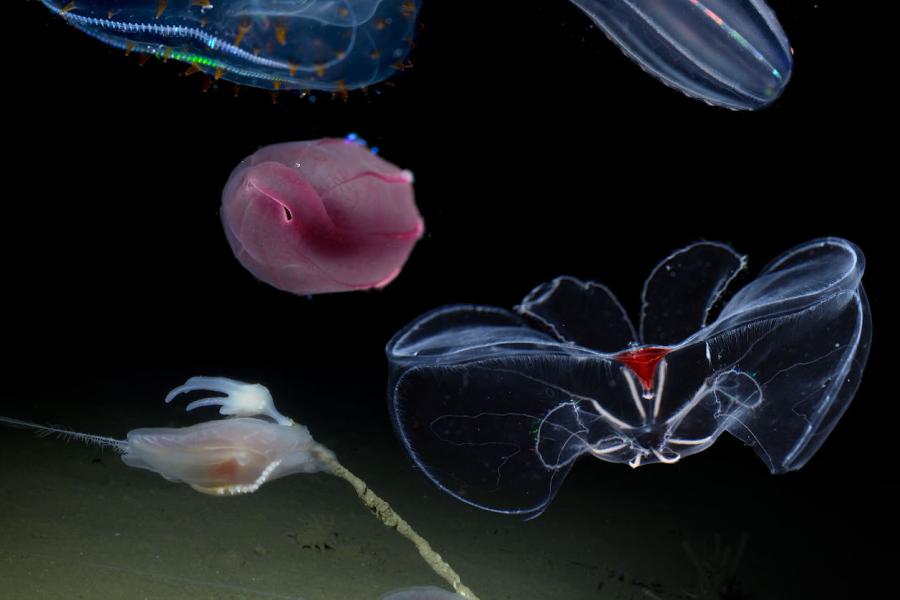Sidebar Menu (View Pages)
- Status
- ⌃ Science
- ⌃ Users
- ⌃ Facilities
- ⌃ Public
- Industry
- ⌃ About
Tags
Featured
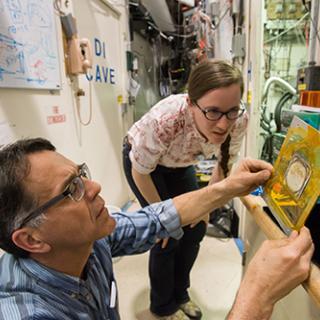
XRF mapping webinar empowers CHESS users
On Friday May 6, 2016, nine researchers from eight institutions in the USA and Canada attended a one-day webinar on x-ray fluorescence (XRF) mapping led by CHESS senior scientist Arthur Woll and postdoctoral researcher Louisa Smieska.
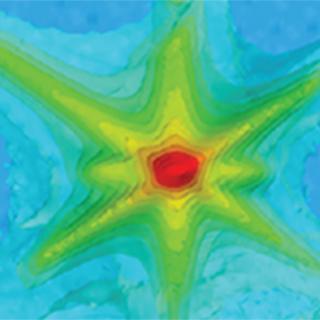
CHESS workshops in June to include annual users meeting
The Cornell High Energy Synchrotron Source (CHESS) is holding its CHESS-U Workshops 2016 throughout June. All events will take place in the Physical Sciences Building on East Avenue.
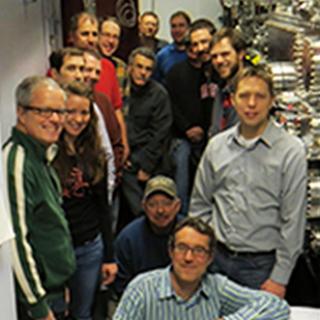
Dark-of-winter upgrade makes G-line shine
As the last run of 2015 wound down last December 7th, CHESS engineers Alan Pauling and Tom Krawczyk prepared to complete the assembly of two brand-new UHV chambers, along with their valuable cargo: newly-coated, internal-cooled synthetic multilayer monochromators for G-line.
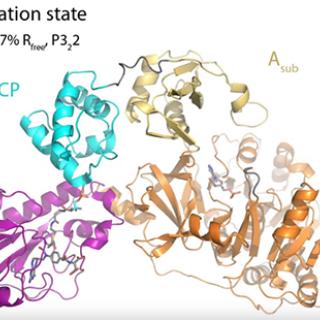
Crystallography and solution scattering join forces in the study of antibiotic synthesis
Living cells are constantly producing proteins (polypeptides) by translating genetic sequences (messenger RNA) using the large molecular complex called the ribosome.
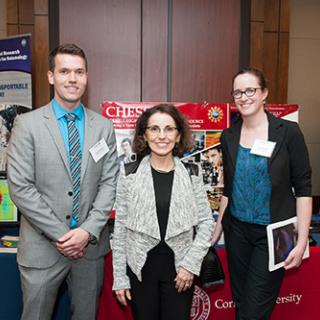
CHESS research & education shines at CNSF
On April 26, CHESS members Joel Brock, Ernie Fontes, Louisa Smieska, and Mark Obstalecki attended the 2016 CNSF (Coalition for National Science Funding) Exhibition in Washington D.C.
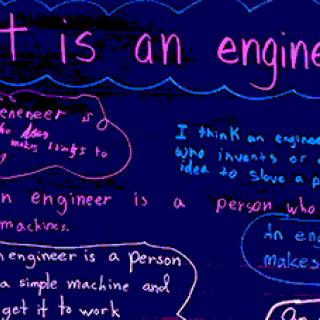
What is an Engineer?
If a 12 year-old child were to ask you to tell them the most important thing you do on a daily basis as part of your job, what would you say?
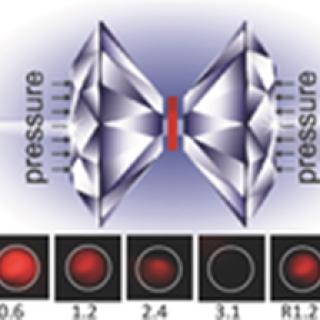
Pressure sensing by molecular nanocrystal
Development of a useful sensor with typical application in harsh environments is highly demanded. Pressure processing provides an easy and quick way to make the early discovery of sensor materials with newly manifested properties.
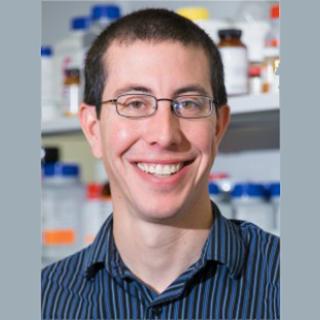
CHESS user awarded Guggenheim Fellowship
Chris Fromme, Cornell Molecular Biology & Genetics, has been awarded a prestigious Guggenheim fellowship for his work in structural biology.
